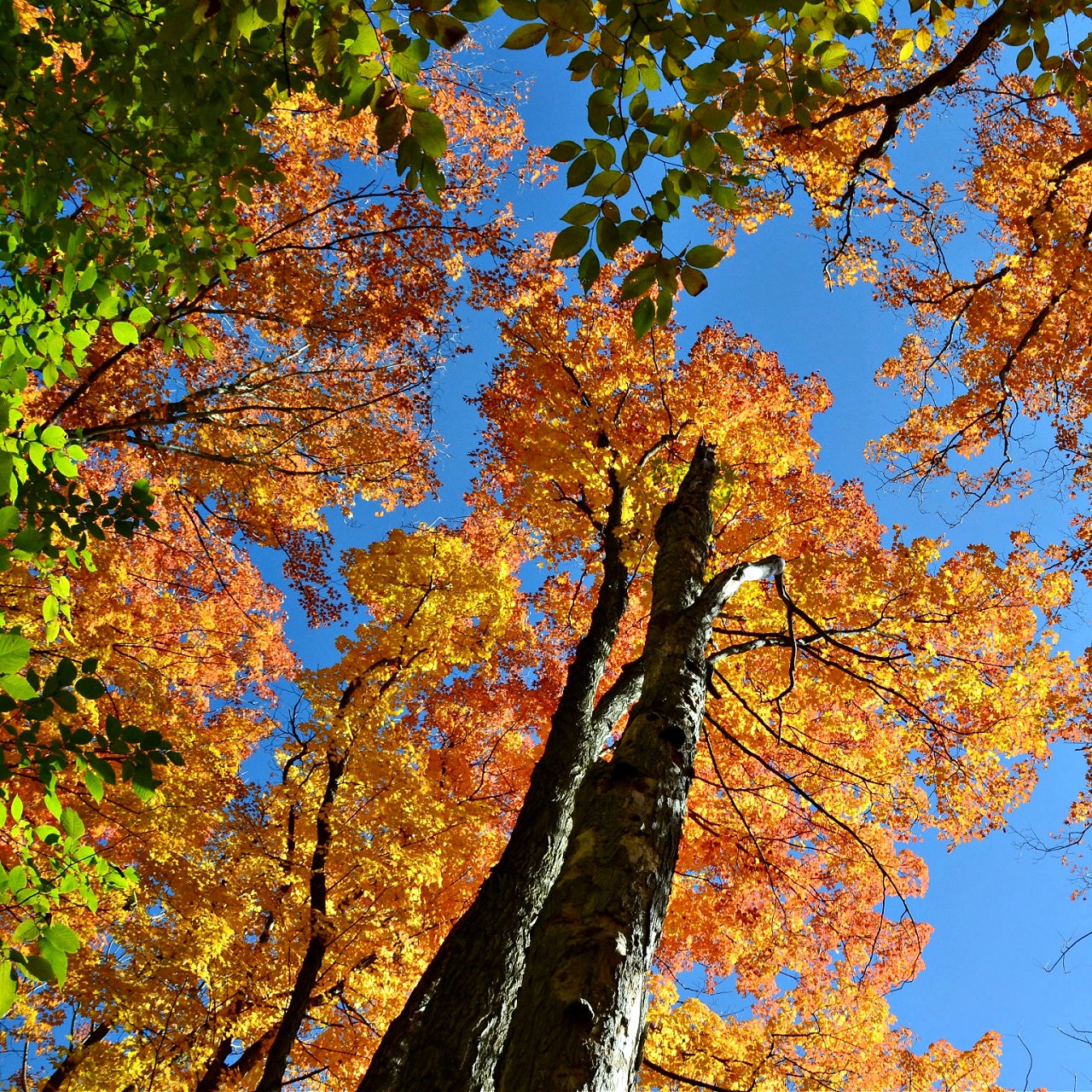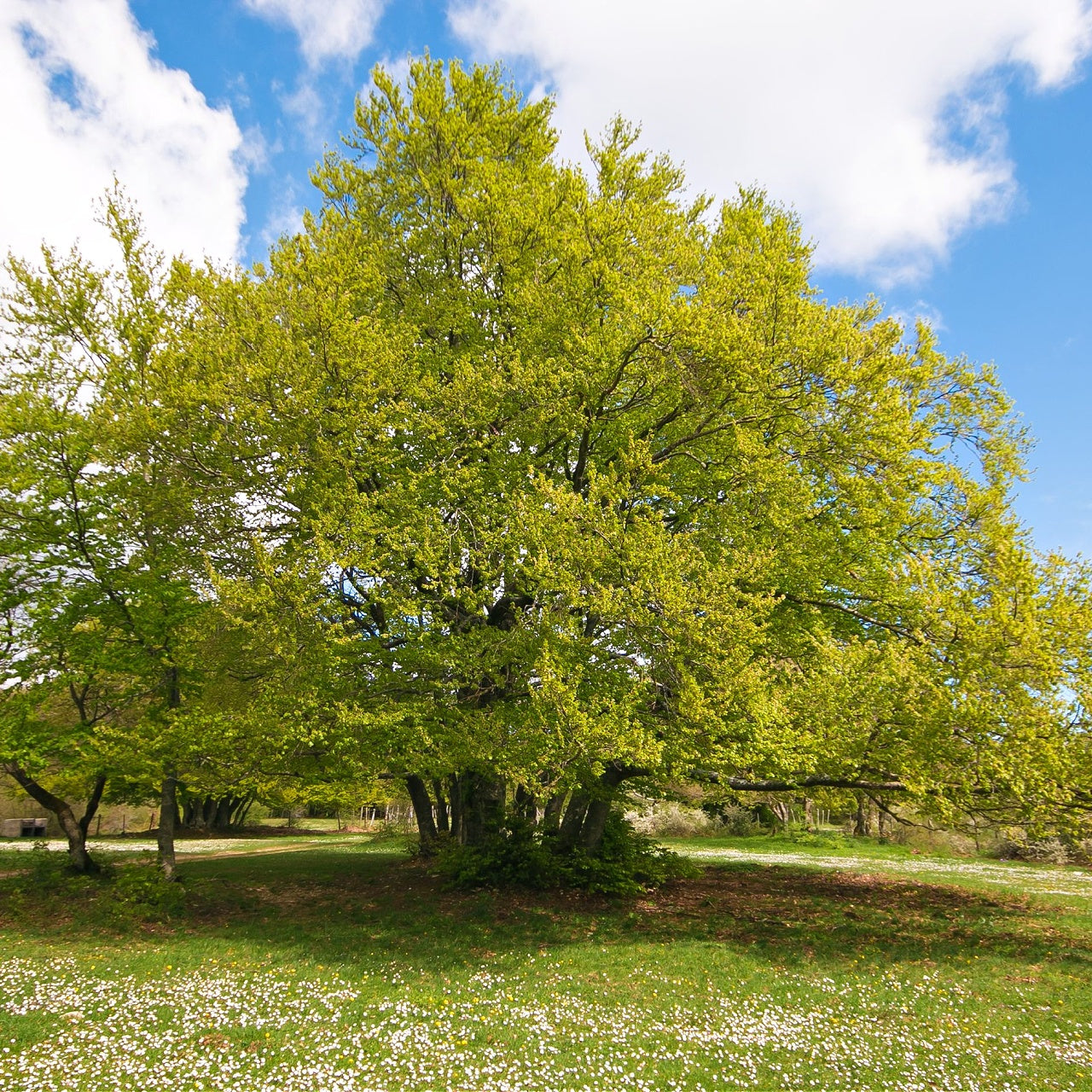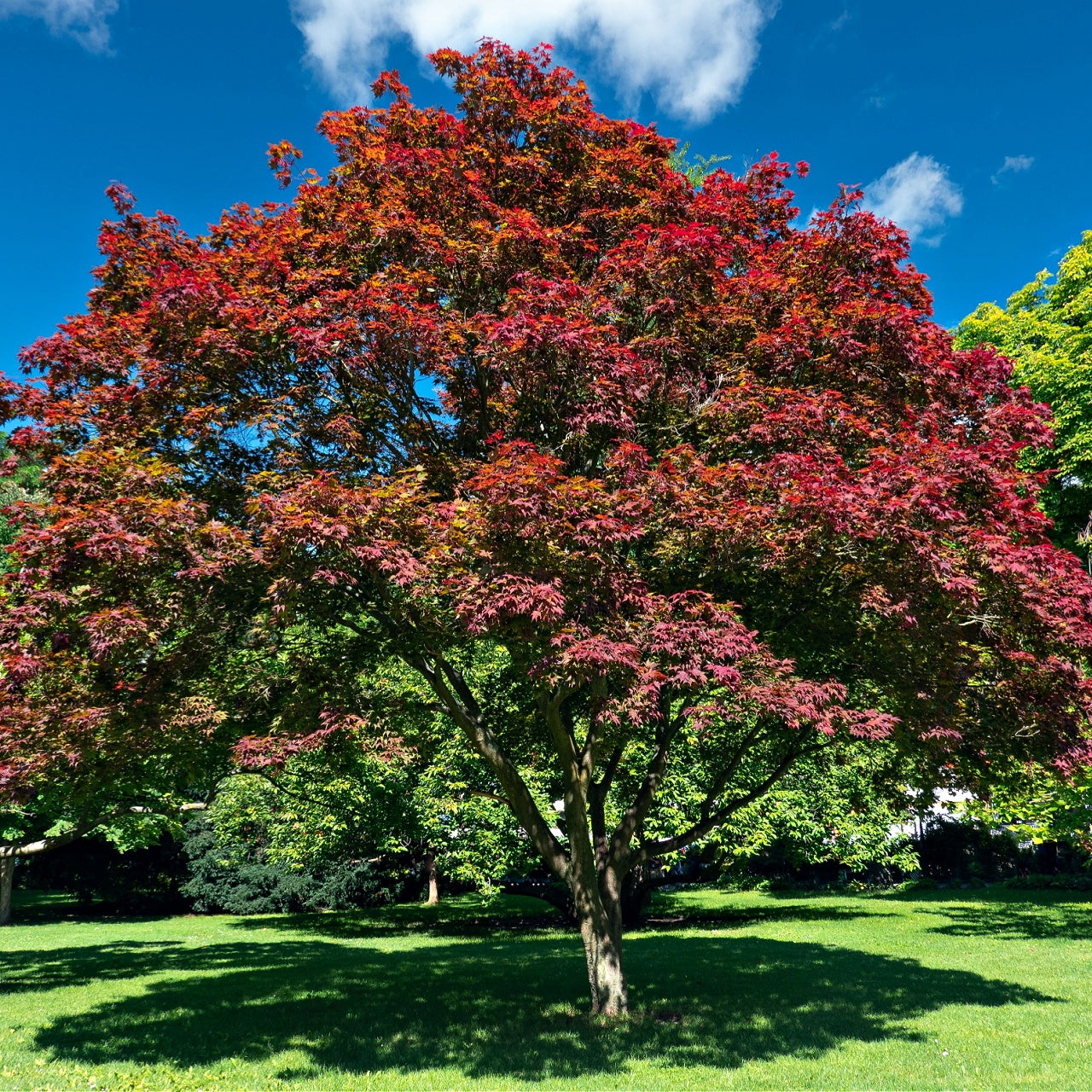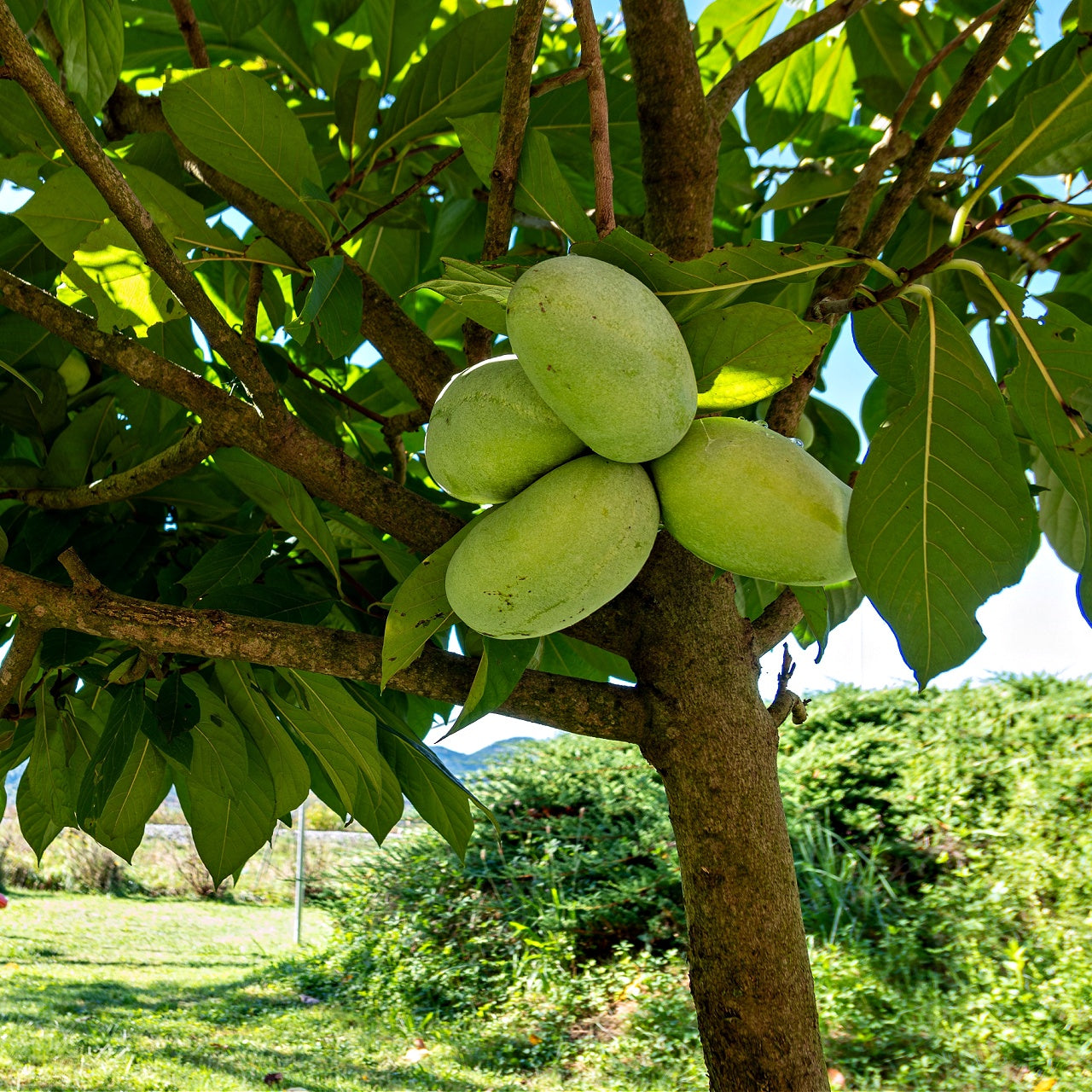
How To Choose The Right Type Of Native Fern For Your Garden
How To Choose The Right Type Of Native Fern For Your Garden
Hello there! Ferns can be a great choice to add some greenery to your garden. They are beautiful and elegant and have many benefits, such as purifying the air, adding texture to your garden, and being relatively easy to care for.
However, with so many different types of ferns available, it can be confusing to decide which fern to choose. That's why we've written this guide to help you select the perfect native fern for your space.
So, whether you're an experienced gardener or a beginner, this guide will cover everything you need to know about choosing the right type of fern, including the different types of ferns, their growing requirements, and how to care for them. So, let's get started and transform your garden with the beauty and grace of native ferns!
Choosing the correct type of native fern for your garden can depend on several factors, such as climate, soil type, and sun exposure. Here are some tips to help you choose the suitable fern for your garden:
Useful Tips for Choosing Native Ferns
Ferns are one of the most popular types of plants used in gardens around the world. They add an element of natural beauty to outdoor spaces with their lush foliage.
So, if you're looking to add ferns to your garden, then you need to know that choosing the correct type of native fern for your garden can depend on several factors, such as climate, soil type, and sun exposure. The following are some useful tips to help you choose the right fern for your garden;
Research Native Ferns In Your Area
Researching native ferns in your area is essential in selecting the suitable fern for your garden. Choosing native plants has several benefits, including the fact that they are already adapted to the local climate, soil, and wildlife. As a result, native ferns are more likely to thrive in your garden, require less maintenance, and support the local ecosystem by providing habitat and food for wildlife.
To research native ferns in your area, check with your local nursery or horticultural society. They may have a list of native ferns suitable for your region and can provide valuable advice on their growing requirements, such as light exposure, soil type, and moisture levels.
Consider Your Garden's Climate
Some ferns prefer cooler temperatures, while others can tolerate heat and humidity. Make sure to choose ferns that are suitable for your garden's climate.
Evaluate the Soil Type
Ferns prefer moist and well-drained soil, with plenty of organic matter to help retain moisture. Different types of ferns may have specific soil preferences, so it's essential to evaluate your garden's soil type before selecting a fern. Sandy soil tends to drain more quickly and require more frequent watering, while clay soil can hold onto moisture for extended periods but may be more prone to becoming waterlogged. By choosing ferns suited to your soil type, you can help ensure they thrive in your garden.
Determine Sun Exposure
Ferns prefer shaded or partially shaded areas, as direct sunlight can scorch their delicate fronds. Determining the amount of sun your garden receives throughout the day is essential, as some ferns may be more tolerant of sun exposure than others. For example, some ferns prefer only a few hours of dappled sunlight, while others can tolerate more direct sunlight in the morning or late afternoon. By selecting ferns suited to your garden's sunlight conditions, you can help ensure they thrive and look their best.
Look for Ferns with Interesting Foliage
Ferns are available in various shapes, sizes, and colors; some have more exciting foliage than others. For example, some ferns have fronds with unique shapes or textures, while others may have colorful or variegated foliage that can add visual interest to your garden. When selecting ferns, consider your garden's overall look and feel and look for varieties that will complement your existing plants or add something new and unique. By choosing ferns with exciting foliage, you can create a beautiful and diverse garden that is a pleasure to behold.
Understand your Garden's Conditions
The first step in choosing the suitable fern for your garden is to understand your garden's conditions. Different ferns require different growing conditions, such as the amount of sunlight, soil type, and humidity. Assessing your garden's environment and noting where you'd like to grow ferns will help you narrow down the choices.
For example, if you have a shady area without direct sunlight, you'll want to choose ferns that thrive in low-light conditions. If your garden soil is acidic, consider ferns that prefer acidic soil, such as the maidenhair fern. Understanding your garden's needs will help you choose ferns that are more likely to thrive.
Determine Your Purpose
Once you understand your garden's conditions, consider the ferns' purpose. Are you looking to create a natural-looking forest floor or add texture to your garden bed? Do you want to make a focal point with giant, showy ferns, or are you looking for something more subtle?
Different ferns serve different purposes in a garden. For example, the Ostrich fern has a tall arching habit and is excellent for creating a natural-looking, forest-like environment. On the other hand, the Maidenhair fern is delicate and ideal for adding texture to a garden bed. Understanding your purpose will help you choose ferns that complement your garden's design.
Research the Different Types of Native Ferns
There are many different types of native ferns to choose from, each with its unique characteristics.
Consider Fern's Size and Growth Habit
Ferns grow in many sizes, from small and delicate to large and showy. When choosing a fern for your garden, consider the size of the space where you want to plant it. Some ferns can grow quite large, such as the Ostrich fern, which can reach up to 6 feet tall. Other ferns, like the Maidenhair fern, are much smaller and more delicate.
In short, selecting the correct type of native fern for your garden involves considering various factors, such as climate, soil, light, size, and maintenance requirements. Choosing a fern that is well-suited to the local climate conditions, has appropriate soil requirements, and can thrive in the amount of light available in your garden is essential.
Additionally, you should consider the fern size and the maintenance required to ensure it fits well within your garden space and your ability to care for it. By carefully assessing these factors, you can select the perfect fern to add beauty and elegance to your garden while thriving in its environment.
Popular Native Ferns To Consider
Maidenhair Fern
Ostrich Fern:
Lady Fern
Cinnamon Fern
Royal Fern
Conclusion
Choosing the right type of native fern for your garden involves several considerations, including the location, soil, light, and water requirements of the fern, as well as your aesthetic preferences and the desired purpose of the fern in your garden.
By taking the time to research and evaluate these factors, you can select a native fern that not only enhances the beauty and diversity of your garden but also thrives in its specific conditions. Additionally, by choosing a native fern, you can contribute to the conservation and preservation of local ecosystems and biodiversity. With these tips in mind, you can confidently select and enjoy the perfect native fern for your garden.






